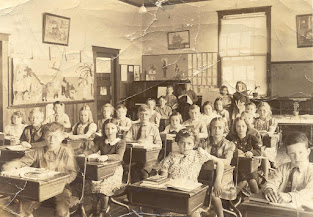part III of book
part III of the book was very interesting. It talked about the year of 1950, when African Americans fought for equal educational opportunities in public institutions with white children. Even after white individuals' said prejudice accusations, comments, and being watched by dishonest law enforcement officers. They continued to attend school despite these obstacles. It came to a point where Black American students didn't feel accepted, protected, or safeguarded in schools. Hispanics, Native Peoples, and Asian Americans were also excluded from schools. Anyone of color. The school system was not providing all children with equal educational opportunities. I believe all learners should be able to get an education without restriction based on their race.
My group and I selected a few photographs that we thought were relevant to this section. The PowerPoint opening two images depict Martin Luther King Jr. The civil rights movement of the 1950s and 1960s was a fight for social justice and equal rights for African Americans. Martin Luther King Jr., a Christian man dedicated to the concepts of nonviolence and civil disobedience, was one of the most well-known civil rights activists and leaders. Regardless of the fact that slavery was abolished by the Civil War, black children were nevertheless treated as second-class citizens for many years afterward. Because the videos and part 3 of the book deal with segregation, these specific images clarify what the films and part 3 of the book were about. The last image we choose depicts a group of black children and a teacher pledging their devotion to the American flag. They are physically pledging allegiance to the flag, which is a formal promise of loyalty to the United States, while segregated in a one-race school, which makes this shot humorous. The commitment concludes with the words "indivisible, with liberty and justice for all." which was not the case in the photo. The children are reciting phrases like "justice for all" that they do not live by in their daily lives or in their hearts. Not even in the classroom.
This chapter really demonstrates how children of color were treated in the educational system, and how they fought and worked twice as hard to reach just as far. Despite the reality that racism exists today, it has improved, and ideally continue to evolve in a healthy direction in order to make America a better place. for our future children, and there children, and so on.


Kayla,
ReplyDeleteAn overview of this period of civil rights to give access to equal (and unified) education by race, ethnicity (and language, gender and disabilities). Personally, I am always in awe of the bravery and persistence of individuals and communities to stay the course over decades to believe in and fight for equal access and justice where so much exclusion, injustice and hatred abounds. Thank you for including your group's discussion and decision-making process.
Professor Knauer